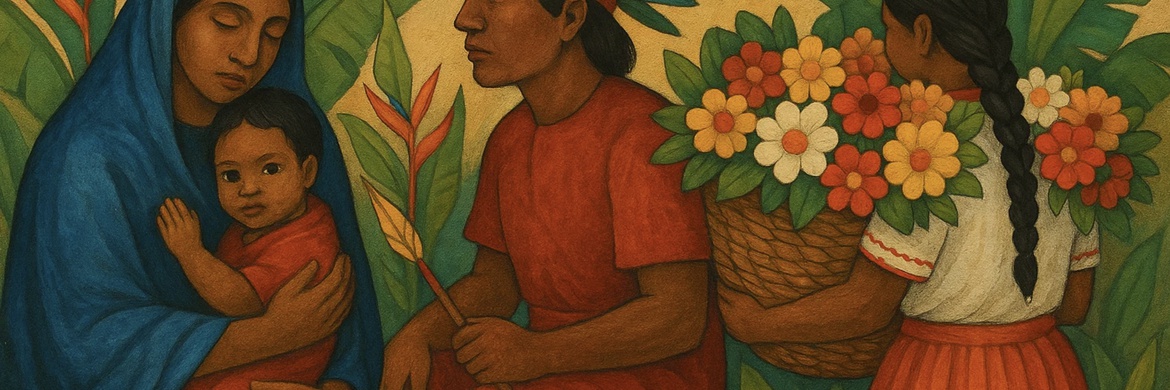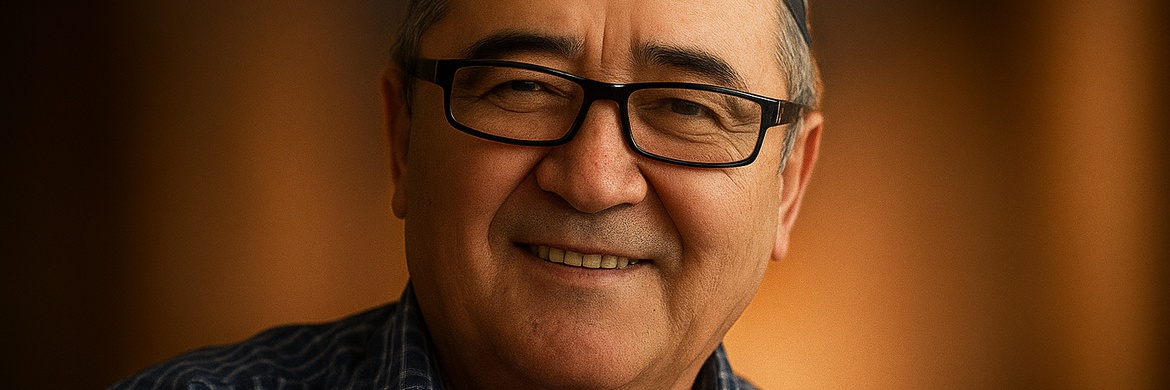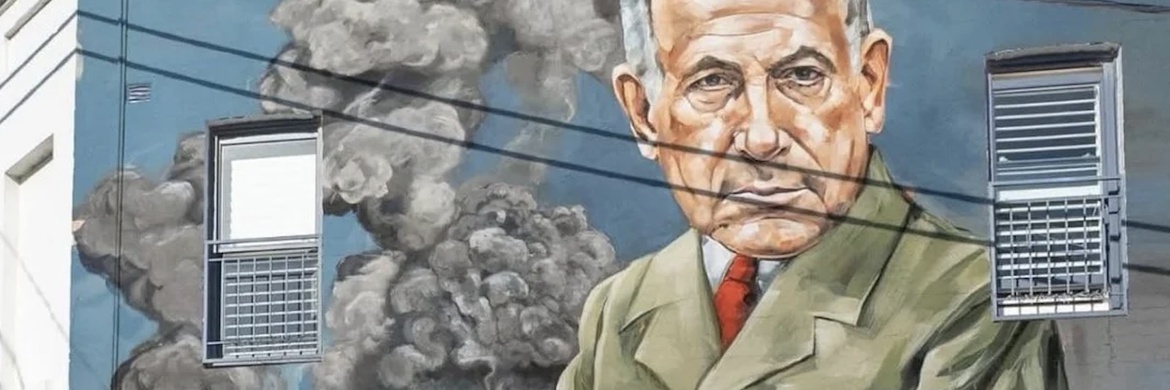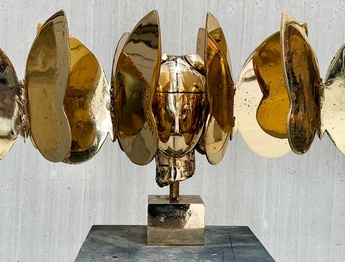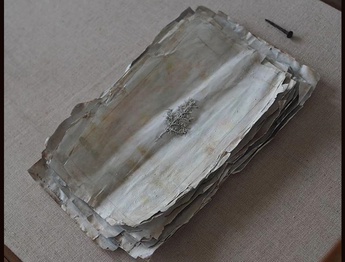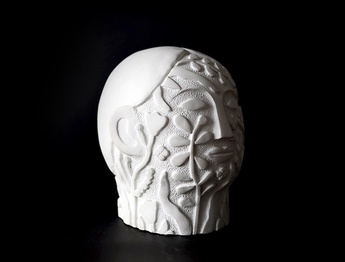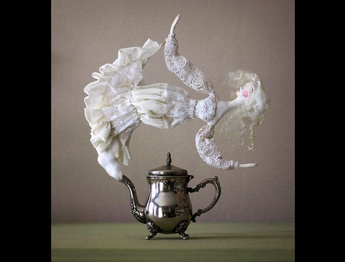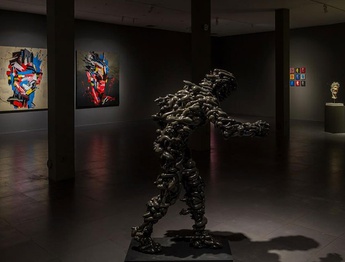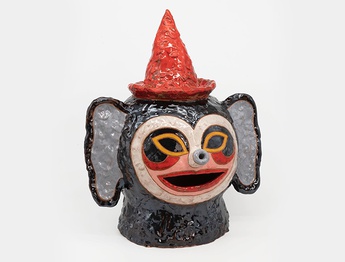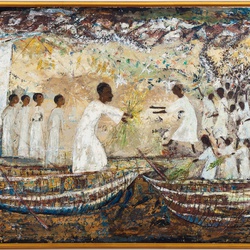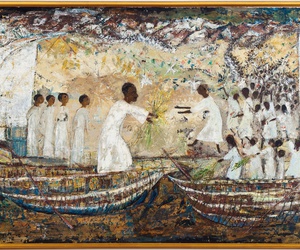Manolo Valdés, a Spanish artist born in 1942, masterfully fuses painting and sculpture with rich art-historical references.
He reinterprets iconic imagery—from Velázquez's Las Meninas to Matisse's forms—infusing them with fresh materiality and scale.
Valdés' paintings often use thick textures, bold colors, and collage techniques to echo and deconstruct classical motifs.
His sculptures, monumental in size, appear in bronze, aluminum, and resin, often representing stylized female heads or crowns.
Works like his Infanta Margarita series pay homage to Spanish baroque while embracing contemporary abstraction.
Valdés’s art balances elegance with weight, tradition with reinvention—transforming viewers’ relationship with art history.
He plays with volume, texture, and light, making his sculptures dynamic in both museums and public spaces.
His pieces have appeared in cities like Paris, New York, Monaco, and Seoul, often installed in open-air exhibitions.
In painting, his layering technique brings depth, while his use of historical icons keeps the past visibly alive.
Valdés began with the radical art collective Equipo Crónica, which shaped his lifelong dialogue with political and cultural imagery.
Over decades, he’s developed a uniquely recognizable visual language that transcends time and geography.
His works are part of collections at institutions such as the Guggenheim Museum (guggenheim.org) and Opera Gallery (operagallery.com).
Valdés continues to be exhibited globally—recent shows include Opera Gallery New York and Opera Gallery Dubai.
He has won numerous awards, including Spain’s National Award for Plastic Arts and Venezuela’s Order of Andrés Bello.
Through sculpture and painting alike, Valdés invites the viewer to witness history, not as memory—but as presence.
Manolo Valdés: Bridging Painting and Sculpture with Historical Memory
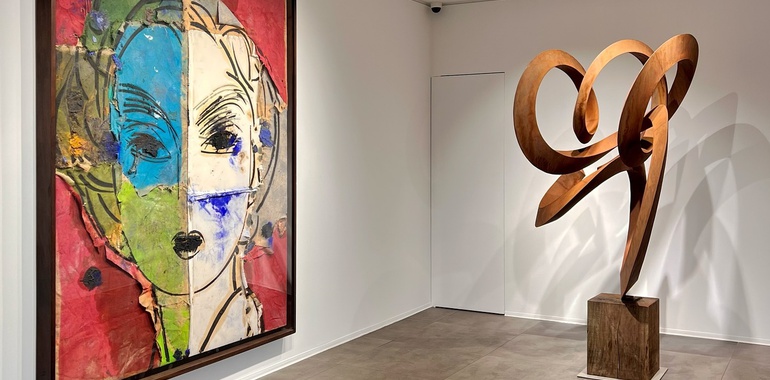 Manolo Valdés: Bridging Painting and Sculpture with Historical Memory
Manolo Valdés: Bridging Painting and Sculpture with Historical Memory